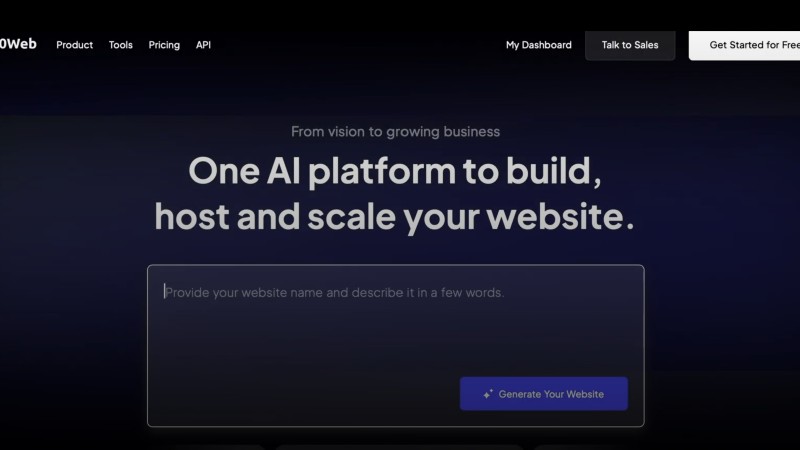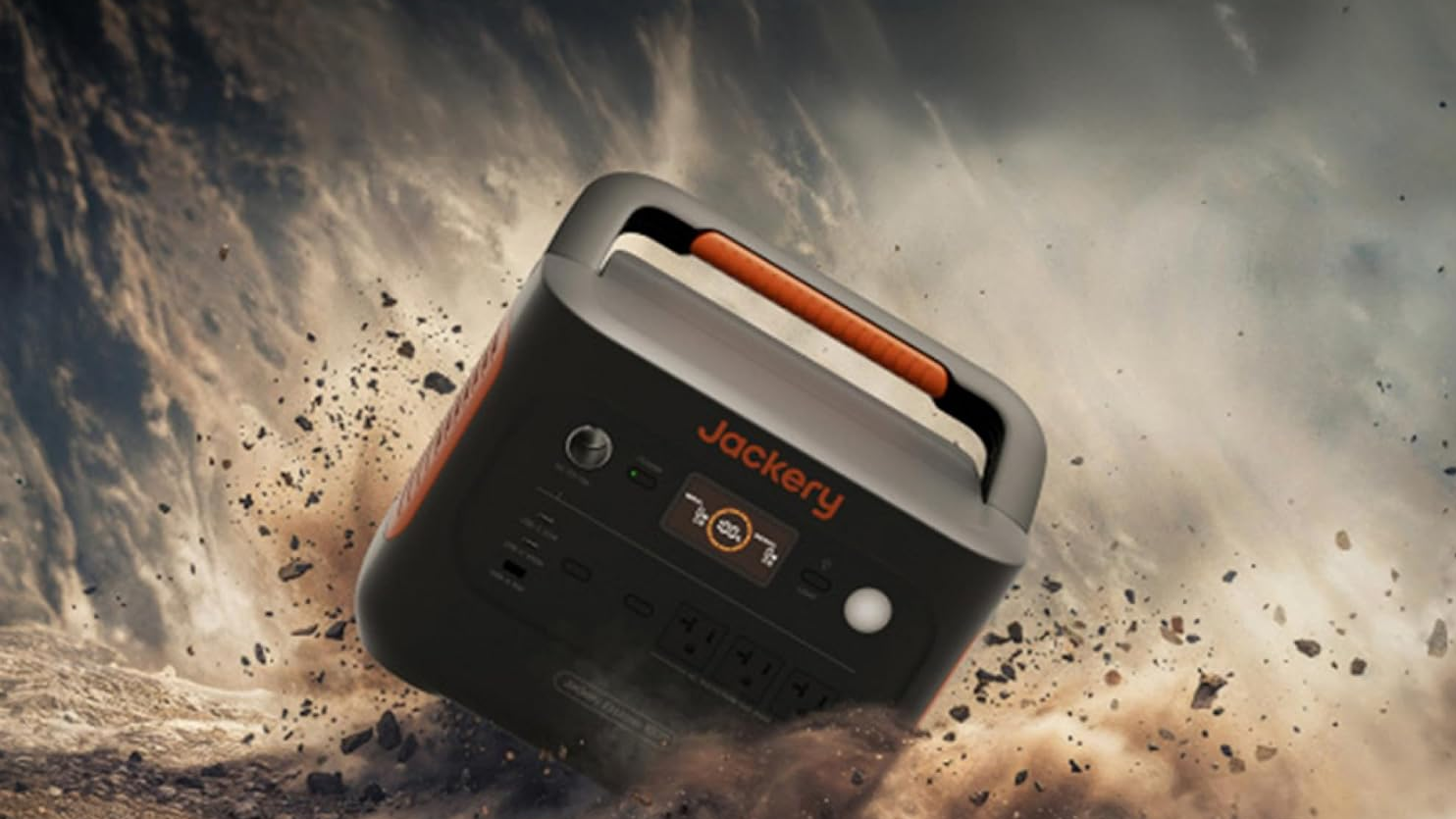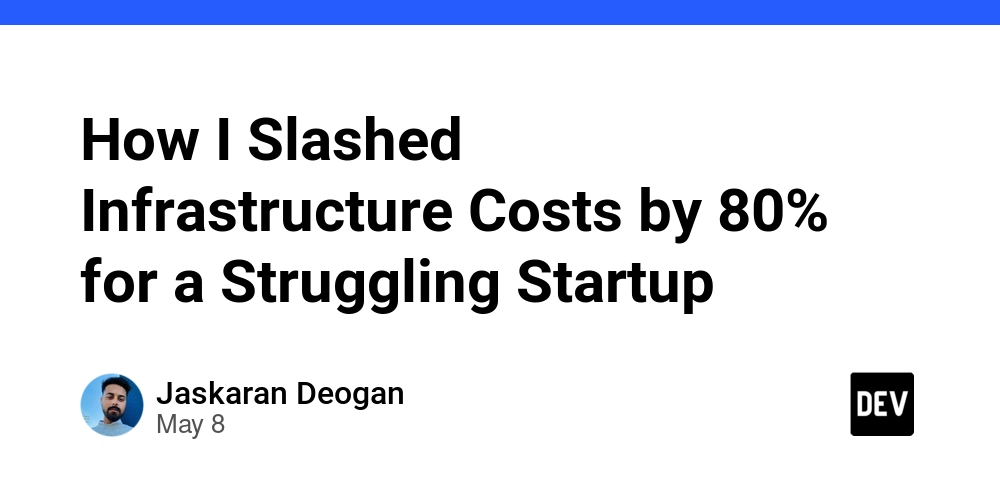AWS Serverless Compute Offerings: A Comprehensive Developer’s Guide (2025)
Introduction Serverless computing has revolutionized application development by abstracting infrastructure management, allowing developers to focus on code. Amazon Web Services (AWS) leads the serverless space with a suite of compute offerings that cater to diverse needs. As of today, the primary serverless compute services are AWS Lambda, AWS Fargate, and AWS App Runner. These services enable developers to build scalable, cost-efficient applications without provisioning servers, with automatic scaling and pay-as-you-go pricing. This guide explores each service, their features, use cases, limitations, and how to choose the right one for your project, tailored for developers seeking clarity and practical insights. Background and Context Serverless computing shifts operational responsibilities to AWS, enhancing agility and innovation. It eliminates tasks like server provisioning, patching, and capacity planning, offering automatic scaling, high availability, and a pay-for-use model. This is particularly valuable for applications with variable workloads, such as web apps, microservices, or event-driven systems. AWS pioneered serverless with Lambda in 2014 and has since expanded its offerings to include container-based solutions like Fargate and App Runner, addressing a broader range of use cases. AWS Serverless Compute Services 1. AWS Lambda Description: AWS Lambda is a Function-as-a-Service (FaaS) platform that runs code in response to events without server management. Introduced in 2014, it’s the cornerstone of AWS serverless compute, ideal for event-driven, stateless tasks. Key Features: Event-Driven Execution: Triggered by events from over 150 AWS and third-party sources, such as HTTP requests via API Gateway, S3 uploads, or Kinesis streams. Automatic Scaling: Scales per invocation, handling billions of requests with no manual configuration. Pay-Per-Use Pricing: Charges per invocation (starting at $0.20 per million) and execution duration (based on memory allocated, 128 MB to 10,240 MB). Language Support: Supports Node.js, Python, Java, .NET, Go, and custom runtimes. Integrations: Natively integrates with CloudWatch for monitoring, SQS for queuing, and DynamoDB for data storage. Recent Enhancements (2025): Improved IDE experience with live CloudWatch Logs tailing in VS Code and Application Performance Monitoring (APM) for Java/.NET runtimes using CloudWatch Application Signals (AWS Compute Blog). Use Cases: Serverless APIs: Combine with API Gateway to build scalable RESTful APIs. Real-Time Processing: Process streaming data from Kinesis or Kafka. File Processing: Resize images or transcode videos uploaded to S3. Scheduled Tasks: Run cron jobs via CloudWatch Events. Limitations: Execution Time: Limited to 15 minutes per invocation, unsuitable for long-running tasks. Cold Starts: Infrequently used functions may experience latency (milliseconds to seconds). Stateless Nature: Not ideal for stateful applications requiring persistent connections. Pricing: Invocations: $0.20 per million requests. Duration: Based on memory and execution time (e.g., $0.00001667 per GB-second). Free Tier: 1 million requests and 400,000 GB-seconds monthly. Example: A photo-sharing app uses Lambda to resize images uploaded to S3, triggered by S3 events, scaling automatically with upload volume. 2. AWS Fargate Description: AWS Fargate is a serverless compute engine for containers, launched in 2017, working with Amazon Elastic Container Service (ECS) and Amazon Elastic Kubernetes Service (EKS). It allows developers to run Docker containers without managing underlying servers or clusters, suitable for complex or stateful applications. Key Features: Serverless Containers: Run containers with specified CPU and memory, no server management required. Orchestration Support: Integrates with ECS for task management or EKS for Kubernetes-based orchestration. Automatic Scaling: Scales based on task definitions, adjusting container instances as needed. VPC Integration: Runs in isolated network environments for enhanced security. Stateful Support: Suitable for applications requiring persistent storage or long-running processes. Security: Tasks run in dedicated runtime environments, ensuring workload isolation (AWS Fargate). Use Cases: Microservices: Run multiple containerized services with independent scaling. Stateful Applications: Host databases or applications with persistent data. Legacy Migration: Containerize and deploy legacy apps to the cloud. High-Performance Workloads: Support resource-intensive tasks like machine learning inference. Limitations: Complexity: Requires container management and orchestration setup, more involved than Lambda. Cost: Higher for continuous tasks compared to Lambda due to per-second resource billing. Cold Starts: Slower startup times for new containers compared to Lambda functions. Pricing: Per
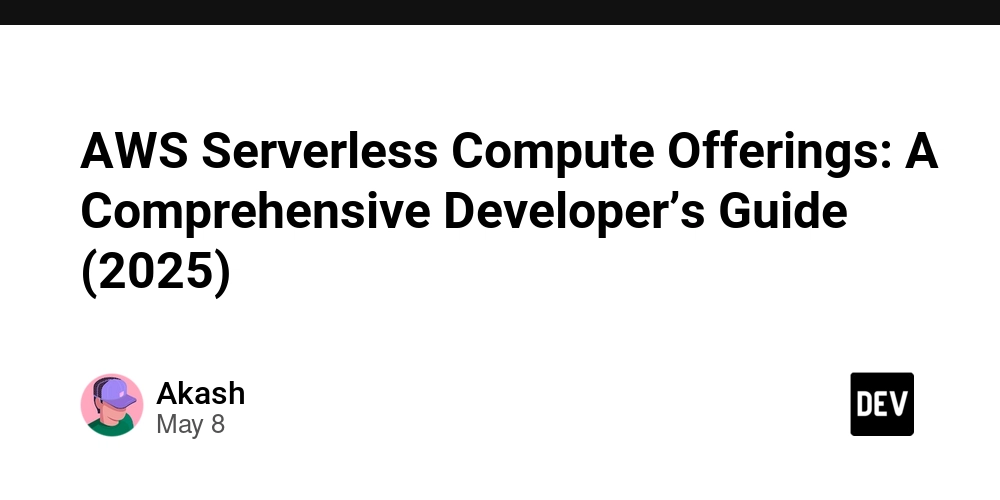
Introduction
Serverless computing has revolutionized application development by abstracting infrastructure management, allowing developers to focus on code. Amazon Web Services (AWS) leads the serverless space with a suite of compute offerings that cater to diverse needs. As of today, the primary serverless compute services are AWS Lambda, AWS Fargate, and AWS App Runner. These services enable developers to build scalable, cost-efficient applications without provisioning servers, with automatic scaling and pay-as-you-go pricing. This guide explores each service, their features, use cases, limitations, and how to choose the right one for your project, tailored for developers seeking clarity and practical insights.
Background and Context
Serverless computing shifts operational responsibilities to AWS, enhancing agility and innovation. It eliminates tasks like server provisioning, patching, and capacity planning, offering automatic scaling, high availability, and a pay-for-use model. This is particularly valuable for applications with variable workloads, such as web apps, microservices, or event-driven systems. AWS pioneered serverless with Lambda in 2014 and has since expanded its offerings to include container-based solutions like Fargate and App Runner, addressing a broader range of use cases.
AWS Serverless Compute Services
1. AWS Lambda
Description: AWS Lambda is a Function-as-a-Service (FaaS) platform that runs code in response to events without server management. Introduced in 2014, it’s the cornerstone of AWS serverless compute, ideal for event-driven, stateless tasks.
Key Features:
- Event-Driven Execution: Triggered by events from over 150 AWS and third-party sources, such as HTTP requests via API Gateway, S3 uploads, or Kinesis streams.
- Automatic Scaling: Scales per invocation, handling billions of requests with no manual configuration.
- Pay-Per-Use Pricing: Charges per invocation (starting at $0.20 per million) and execution duration (based on memory allocated, 128 MB to 10,240 MB).
- Language Support: Supports Node.js, Python, Java, .NET, Go, and custom runtimes.
- Integrations: Natively integrates with CloudWatch for monitoring, SQS for queuing, and DynamoDB for data storage.
- Recent Enhancements (2025): Improved IDE experience with live CloudWatch Logs tailing in VS Code and Application Performance Monitoring (APM) for Java/.NET runtimes using CloudWatch Application Signals (AWS Compute Blog).
Use Cases:
- Serverless APIs: Combine with API Gateway to build scalable RESTful APIs.
- Real-Time Processing: Process streaming data from Kinesis or Kafka.
- File Processing: Resize images or transcode videos uploaded to S3.
- Scheduled Tasks: Run cron jobs via CloudWatch Events.
Limitations:
- Execution Time: Limited to 15 minutes per invocation, unsuitable for long-running tasks.
- Cold Starts: Infrequently used functions may experience latency (milliseconds to seconds).
- Stateless Nature: Not ideal for stateful applications requiring persistent connections.
Pricing:
- Invocations: $0.20 per million requests.
- Duration: Based on memory and execution time (e.g., $0.00001667 per GB-second).
- Free Tier: 1 million requests and 400,000 GB-seconds monthly.
Example: A photo-sharing app uses Lambda to resize images uploaded to S3, triggered by S3 events, scaling automatically with upload volume.
2. AWS Fargate
Description: AWS Fargate is a serverless compute engine for containers, launched in 2017, working with Amazon Elastic Container Service (ECS) and Amazon Elastic Kubernetes Service (EKS). It allows developers to run Docker containers without managing underlying servers or clusters, suitable for complex or stateful applications.
Key Features:
- Serverless Containers: Run containers with specified CPU and memory, no server management required.
- Orchestration Support: Integrates with ECS for task management or EKS for Kubernetes-based orchestration.
- Automatic Scaling: Scales based on task definitions, adjusting container instances as needed.
- VPC Integration: Runs in isolated network environments for enhanced security.
- Stateful Support: Suitable for applications requiring persistent storage or long-running processes.
- Security: Tasks run in dedicated runtime environments, ensuring workload isolation (AWS Fargate).
Use Cases:
- Microservices: Run multiple containerized services with independent scaling.
- Stateful Applications: Host databases or applications with persistent data.
- Legacy Migration: Containerize and deploy legacy apps to the cloud.
- High-Performance Workloads: Support resource-intensive tasks like machine learning inference.
Limitations:
- Complexity: Requires container management and orchestration setup, more involved than Lambda.
- Cost: Higher for continuous tasks compared to Lambda due to per-second resource billing.
- Cold Starts: Slower startup times for new containers compared to Lambda functions.
Pricing:
- Per vCPU and Memory: Charged per second (e.g., $0.04048 per vCPU-hour, $0.004445 per GB-hour in US East).
- Minimum Billing: Stopped tasks billed for 10 minutes.
- Free Tier: None specific to Fargate, but ECS/EKS free tiers may apply.
Example: A retail platform runs a containerized payment microservice on Fargate, integrated with ECS, scaling based on transaction volume and using VPC for secure database access.
3. AWS App Runner
Description: AWS App Runner, launched in 2021, is a fully managed service for deploying containerized web applications and APIs from source code or container images. It simplifies infrastructure management, making it ideal for developers seeking rapid deployment with minimal configuration.
Key Features:
- Automatic Scaling: Scales based on HTTP traffic, handling up to 100 concurrent requests per container.
- Built-in Load Balancing: Uses an Envoy proxy to distribute traffic, included at no extra cost.
- VPC Connectivity: Supports secure communication with AWS resources like databases.
- Source Code Deployment: Auto-builds from repositories (e.g., GitHub, CodeCommit) or container images (e.g., Docker Hub).
- Minimal Configuration: Provides default settings for scaling, networking, and security (AWS App Runner).
- Concurrency Handling: Supports event loops for multiple simultaneous requests, optimizing resource use.
Use Cases:
- Rapid Prototyping: Deploy web apps quickly during development.
- Simple APIs: Host lightweight, stateless APIs for mobile or web apps.
- Variable Traffic Apps: Scale efficiently for apps with daytime peaks and nighttime lows.
Limitations:
- HTTP Focus: Primarily for HTTP/HTTPS-based applications, less versatile than Fargate.
- Flexibility: Less control over container environments compared to Fargate.
- Cold Starts: Slower startup (e.g., ~30 seconds) may lead to 429 errors during traffic spikes if not optimized.
Pricing:
- Memory: Charged continuously (e.g., $0.007 per GB-hour).
- CPU: Charged only when active (e.g., $0.064 per vCPU-hour), with a 1-minute minimum per activation.
- Free Tier: 100 GB-hours of memory and 10 vCPU-hours monthly for the first year.
Example: A startup deploys a Node.js web app from GitHub using App Runner, auto-scaling to handle daytime traffic and minimizing costs overnight.
Comparative Analysis
The following table compares the three services to highlight their differences:
| Feature | AWS Lambda | AWS Fargate | AWS App Runner |
|---|---|---|---|
| Compute Model | Function-as-a-Service (FaaS) | Container-as-a-Service (CaaS) | Container-as-a-Service (CaaS) |
| Execution Unit | Functions | Containers | Containers |
| Orchestration | Managed by AWS | ECS or EKS | Managed by AWS |
| Scaling | Automatic, per invocation | Automatic, based on tasks | Automatic, based on traffic |
| State Management | Stateless | Stateful possible | Stateless |
| Use Cases | Short-lived tasks, events | Long-running, stateful apps | Web apps, APIs |
| Pricing | Per invocation and duration | Per vCPU and memory per sec | Per memory and CPU usage |
| Cold Start Latency | Milliseconds to seconds | Seconds | ~30 seconds |
| VPC Support | Yes (with configuration) | Yes | Yes |
Choosing the Right Service
Selecting the appropriate serverless compute service depends on your application’s requirements:
-
AWS Lambda:
- Best for short-lived, event-driven tasks (e.g., API responses, file processing).
- Ideal when you want minimal setup and maximum automation.
- Suits applications with frequent, unpredictable invocations.
-
AWS Fargate:
- Choose for containerized applications needing longer execution or specific runtimes.
- Suitable for stateful apps or when integrating with ECS/EKS orchestration.
- Offers more control over resources and networking.
-
AWS App Runner:
- Perfect for web apps or APIs requiring quick deployment and minimal management.
- Ideal for stateless apps with variable HTTP traffic.
- Best for developers prioritizing simplicity over customization.
Integration Example: A complex application might use Lambda for event-driven tasks (e.g., processing user uploads), Fargate for a stateful microservice (e.g., order processing), and App Runner for a customer-facing web app, all integrated via EventBridge and S3.
Limitations and Considerations
Each service has trade-offs:
- Lambda: Limited execution time and cold start latency may affect performance for sporadic workloads.
- Fargate: Requires container and orchestration knowledge, increasing setup complexity.
- App Runner: Limited to HTTP-based apps, with less flexibility than Fargate and potential scaling delays during cold starts.
Developers should also consider integration needs (e.g., VPC, IAM roles), monitoring (via CloudWatch), and cost optimization strategies, such as using AWS Compute Optimizer.
Conclusion
AWS’s serverless compute offerings—Lambda, Fargate, and App Runner—provide developers with powerful tools to build scalable, efficient applications without infrastructure management. Lambda excels in event-driven, short-lived tasks, Fargate supports complex containerized workloads, and App Runner simplifies web app deployment. By understanding their features, use cases, and limitations, developers can select the best service for their needs, accelerating development and reducing costs. For further exploration, visit the AWS Serverless page (AWS Serverless) or Serverless Land for tutorials and resources.










































































































































































![[The AI Show Episode 146]: Rise of “AI-First” Companies, AI Job Disruption, GPT-4o Update Gets Rolled Back, How Big Consulting Firms Use AI, and Meta AI App](https://www.marketingaiinstitute.com/hubfs/ep%20146%20cover.png)












































































































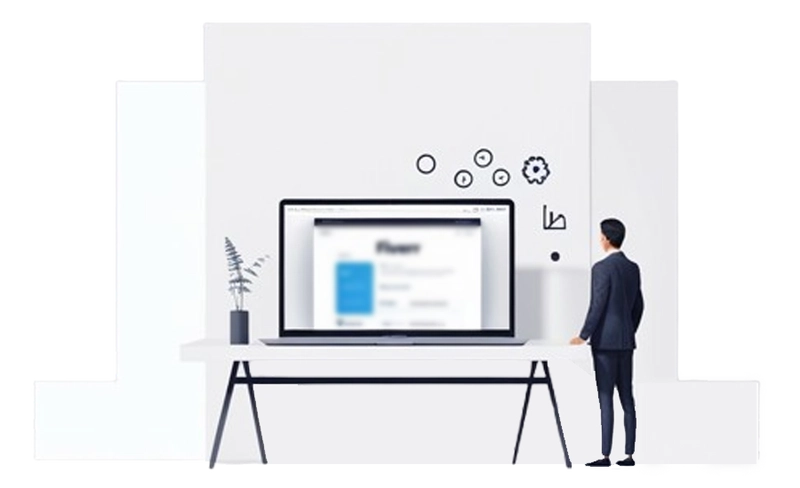
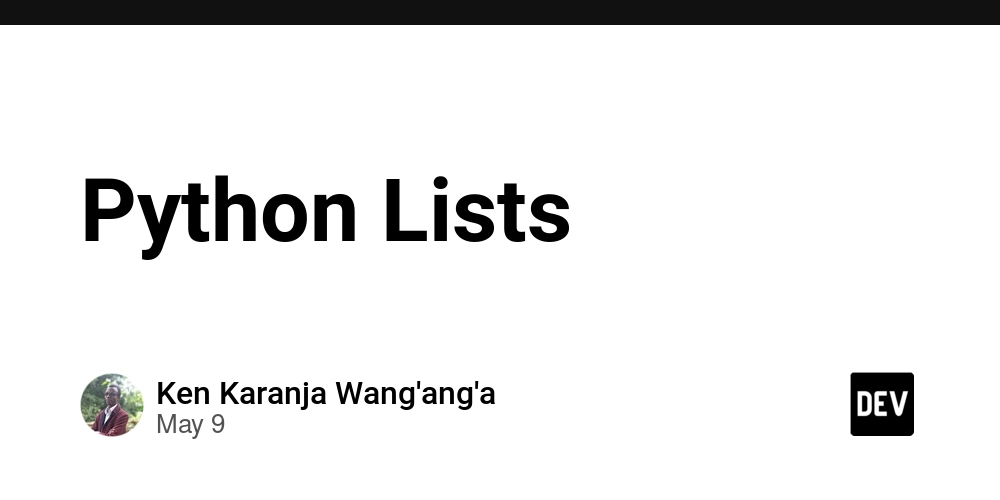




























































.png?width=1920&height=1920&fit=bounds&quality=70&format=jpg&auto=webp#)






























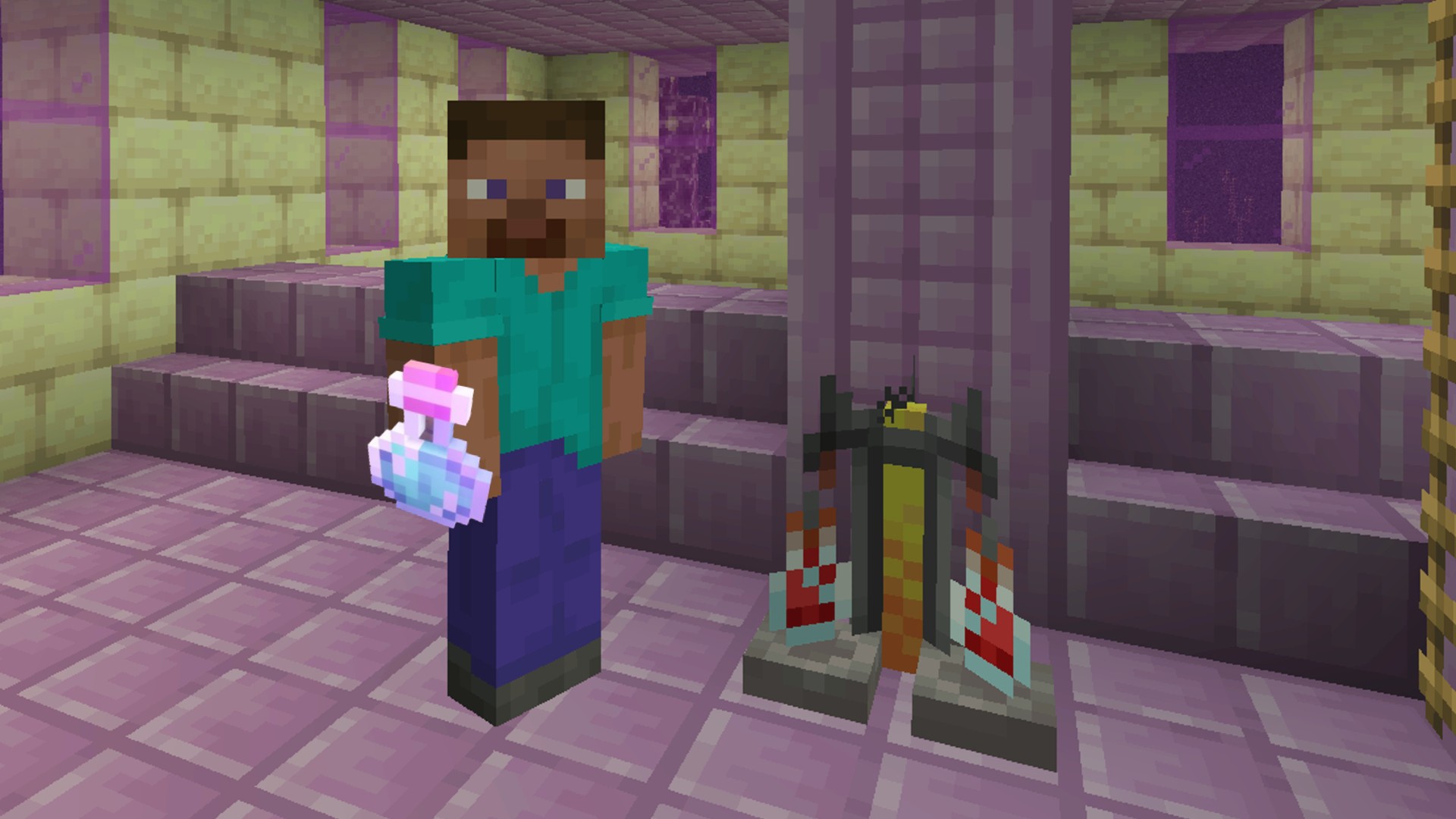
































































_Aleksey_Funtap_Alamy.jpg?width=1280&auto=webp&quality=80&disable=upscale#)
_Sergey_Tarasov_Alamy.jpg?width=1280&auto=webp&quality=80&disable=upscale#)

























































































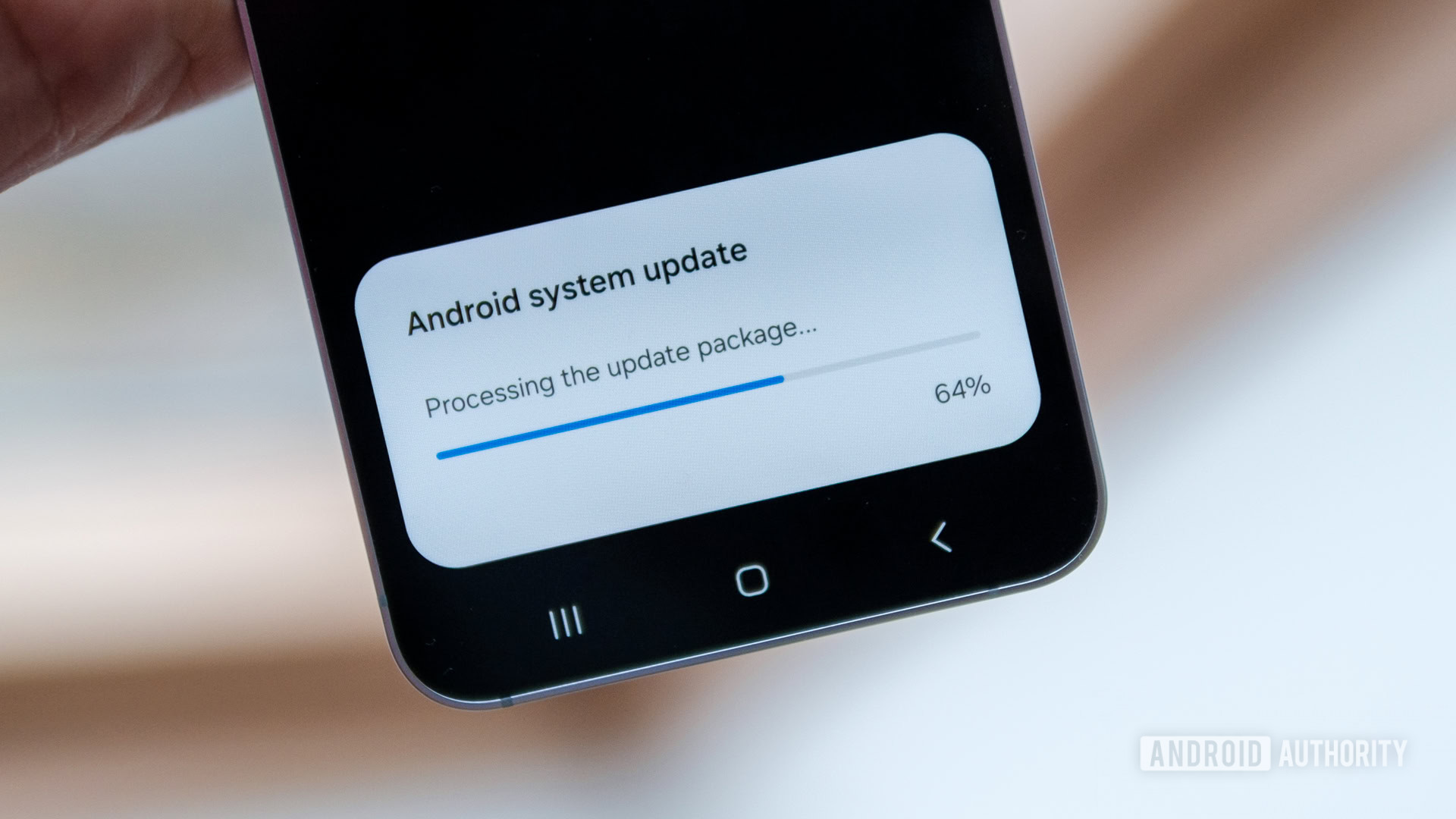





















![Apple Foldable iPhone to Feature New Display Tech, 19% Thinner Panel [Rumor]](https://www.iclarified.com/images/news/97271/97271/97271-640.jpg)
![Apple Developing New Chips for Smart Glasses, Macs, AI Servers [Report]](https://www.iclarified.com/images/news/97269/97269/97269-640.jpg)
![Apple Shares New Mother's Day Ad: 'A Gift for Mom' [Video]](https://www.iclarified.com/images/news/97267/97267/97267-640.jpg)
![Apple Shares Official Trailer for 'Stick' Starring Owen Wilson [Video]](https://www.iclarified.com/images/news/97264/97264/97264-640.jpg)
















